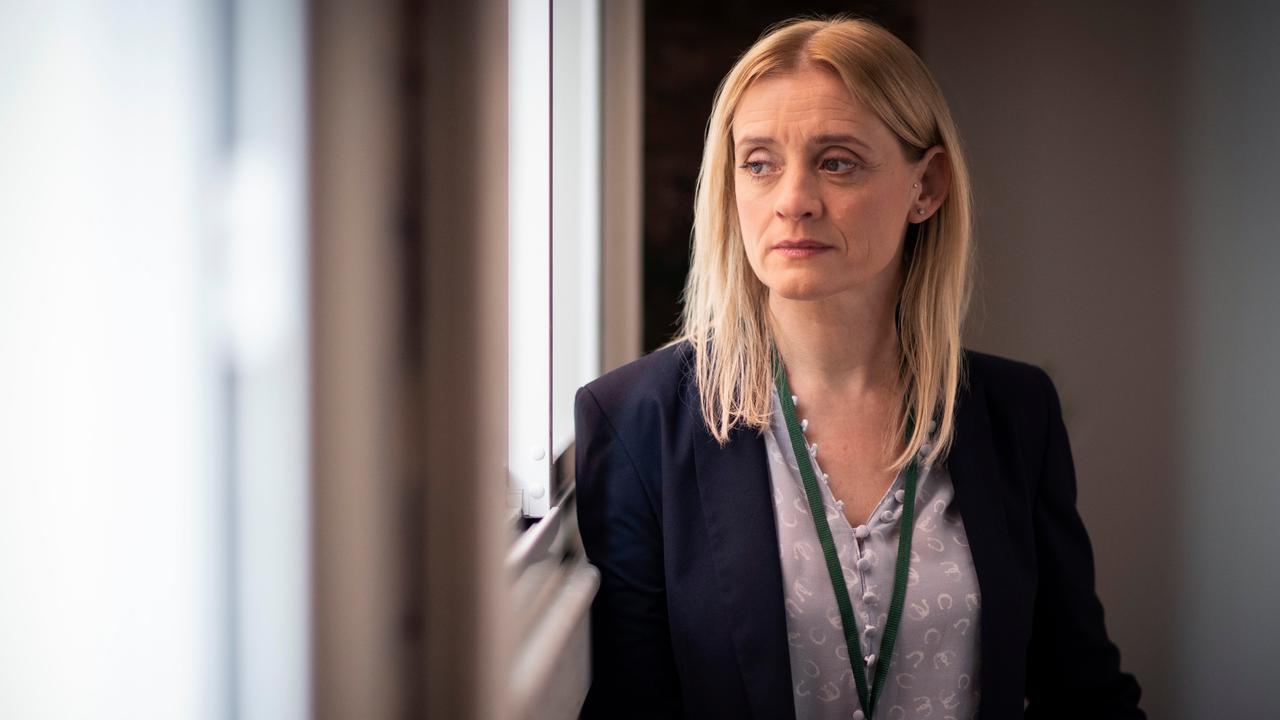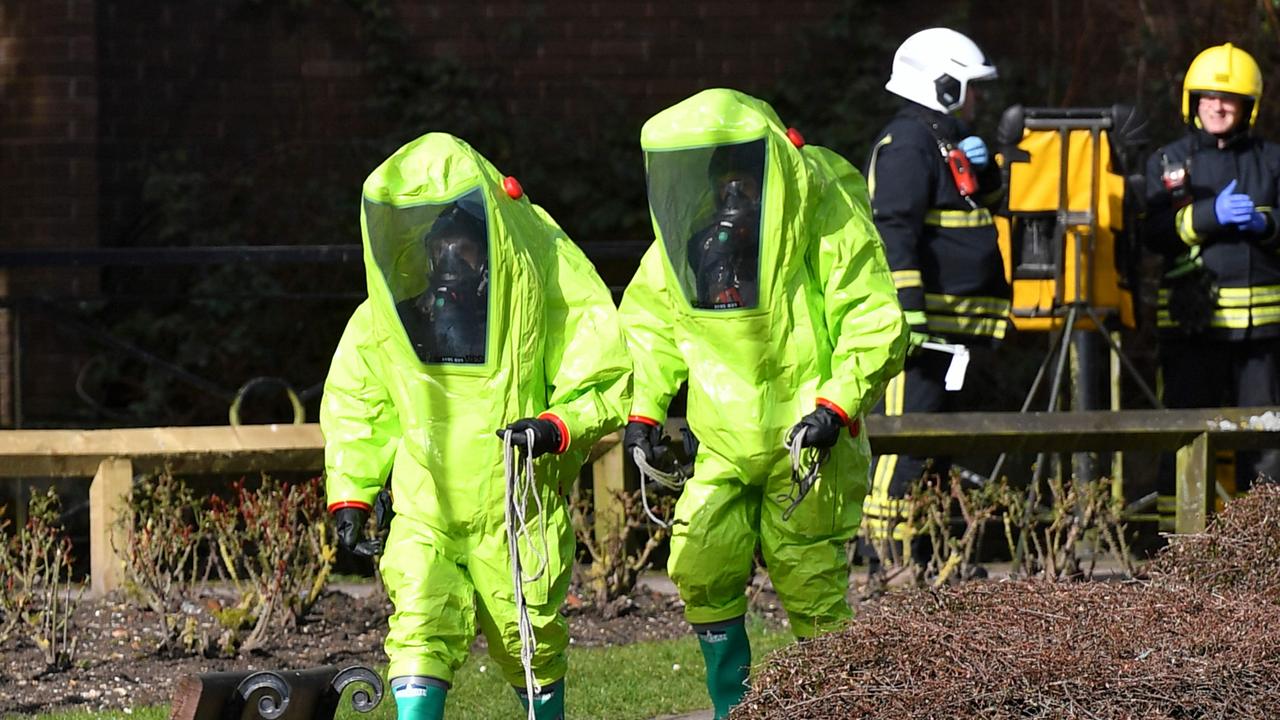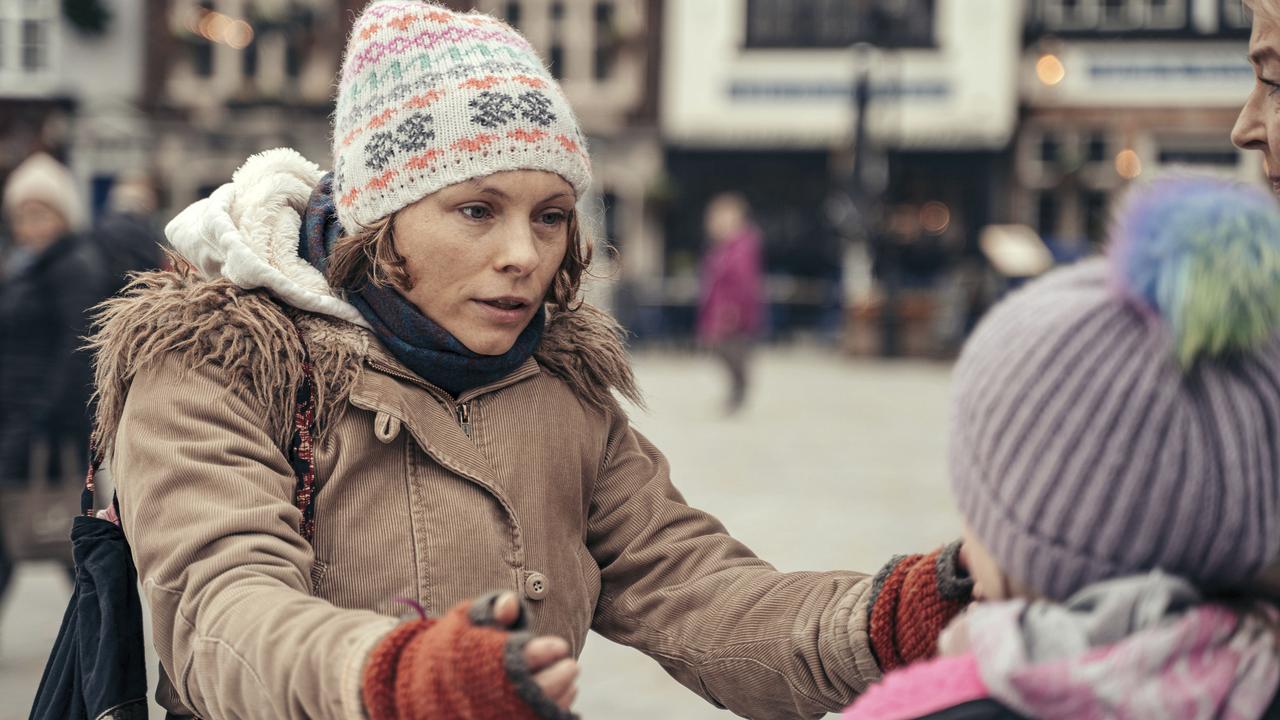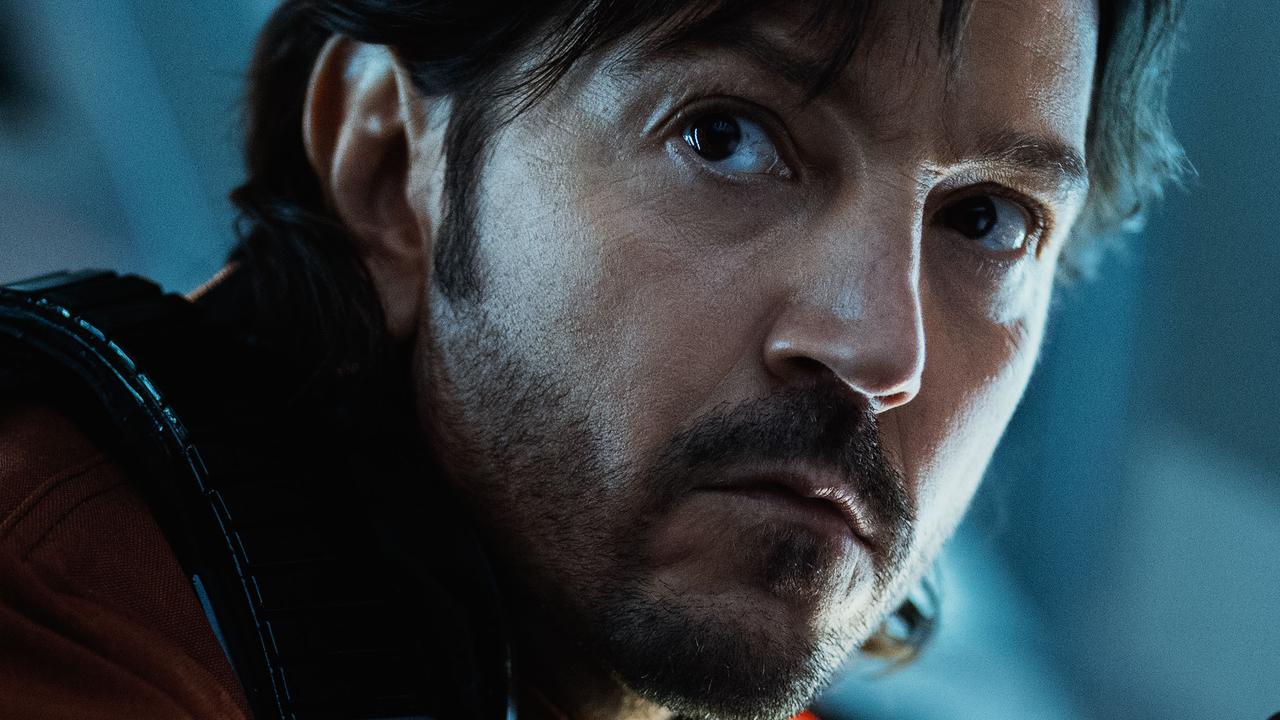Salisbury Poisonings: The bizarre similarities between Skripal case and COVID era
It was based on a real-life case that was almost too bizarre to be true, but that’s not what had TV audiences reacting with horror.
The story was so unbelievable it couldn’t have been real – and yet it was.
Two people sitting on a bench in the town square of an English city start to fit, before collapsing on the ground. Emergency services swarm to the scene, and while the father-and-son were taken by ambulance to a hospital, police searched their home.
Within a day, a major incident had been declared in Salisbury. Before long, the city of 40,000 people would find themselves at the centre of an international espionage storm involving a former Russian double agent and a deadly foreign bio-attack on British soil.
The 2018 event was quickly dubbed the Skripal Affair – named after the first victims, Sergei and Yulia Skripal, a father and daughter – had all the makings of a John Le Carre story, including CCTV footage of suspected shady spies.
But for journalists-turned-screenwriters Adam Patterson and Declan Lawn, that wasn’t the story that interested them.
“When we went down there, like a lot of media around the world, we were aware of the Russian story more than the local story,” Patterson told news.com.au. “But the local story was far more inspiring. They were local civil servants and they’re not used to dealing with stuff like this.
“Here’s a group of people who came together and they saved lives and got themselves and the country through this mess, and we found that to be very inspiring.”

RELATED: Yulia Skripal speaks out after attack
Patterson and Lawn had more than a decade’s experience working in current affairs and on programs such as Panorama, but saw the dramatic potential in turning the events into a scripted miniseries, positing that the format would allow them to explore the emotional experience more than a docuseries.
The miniseries, Salisbury Poisonings, starts on SBS on Monday night and airs over four consecutive nights. Starring Anne-Marie Duff, Rafe Spall, MyAnna Buring and Mark Addy, it’s a dramatic exploration of the local response to an unprecedented event.
Duff plays Tracy Daszkiewicz, the then head of public health for Wiltshire, the county in which Salisbury is located. It’s up to her to contain a biological threat, later confirmed to be nerve agent Novichok, and save the people in her community from a deadly contaminant you can’t see.
When Patterson and Lawn were writing the series, and consulting with the real-life people, including Daszkiewicz and police officer Nick Bailey who was hospitalised due to exposure, they could never have conceived of the resonance Salisbury Poisonings would have in 2020.
The similarities between the people of Salisbury trying to manage a public health crisis in 2018 with the COVID-19 outbreak of 2020 were glaring.
“It is eerily similar,” Patterson said. “When we interviewed Tracy, she was telling us about contact tracing, she had to talk us through it, how it works. There was no way we would know that months later, when the show went out, it would be lingo on everyone’s lips.”
Lawn added: “When she told us about PPE, we would say, ‘What’s PPE, what are you talking about?’. Then all of a sudden, these phrases we had been educated in, everyone on Earth became aware of them. It was very bizarre.”

RELATED: The monsters are the least scary thing in new horror series
RELATED: Nick Offerman on Making It, Devs and the state of America
When the series aired in the UK in June, there was a particular scene in the first episode that had audiences on edge.
Nick Bailey (Spall) was the detective who had entered the Skripal’s home. By the time he arrived home the next morning, he was sweaty and run-down. In the scene, Nick is tinkering in the kitchen, making tea for himself and his wife, touching all the surfaces. He even put his finger on the rim of a mug.
Knowing what we know now, in this era of heightened hand hygiene, Nick’s actions are anxiety inducing. And that’s exactly how people watching at home responded.
“People on social media were saying ‘Don’t touch the kettle, don’t touch the lampshade!’,” Patterson said, laughing. “He’s touching stuff, he’s carrying an invisible contaminant and it’s going to hurt his family.
“When we wrote it, we thought it was quite subtle, wondering if people are even going to understand what’s going on in that scene. Of course, now everyone is so conscious.
“Now they’re screaming at their TVs!”.

Patterson and Lawn said they were extremely cognisant of how recent the traumatic events were for the people whose stories they depict, working closely with those featured to ensure the series would do justice to their experience.
The choice to focus on the people of Salisbury, a community under enormous pressure, was driven by their own personal experiences growing up in Northern Ireland.
“We both grew up there during the conflict and it was a society that was completely wracked by a lot of violence and chaos,” Lawn explained. “The thing we saw growing up was the only thing people had was their family and their communities to stand against that chaos.
“We have always had that impulse as writers not to tell stories about grand murders or the big players, but what it’s like for a community to be involved in a terrible situation.”
It’s those singular human experiences that Salisbury Poisonings, a very grounded drama, focuses on.
Lawn added: “Heroes are not always men with guns in foreign countries shooting people. Heroes are people who stand on the walls here and keep us safe. Adam and I watched with morbid fascination for months with corona unfolding and we couldn’t believe the coincidences and the resonance of what was happening, and the story we were telling.”
Salisbury Poisonings start on SBS and SBS On Demand on Monday, August 24 at 8.30pm
Share your TV and movies obsessions | @wenleima




